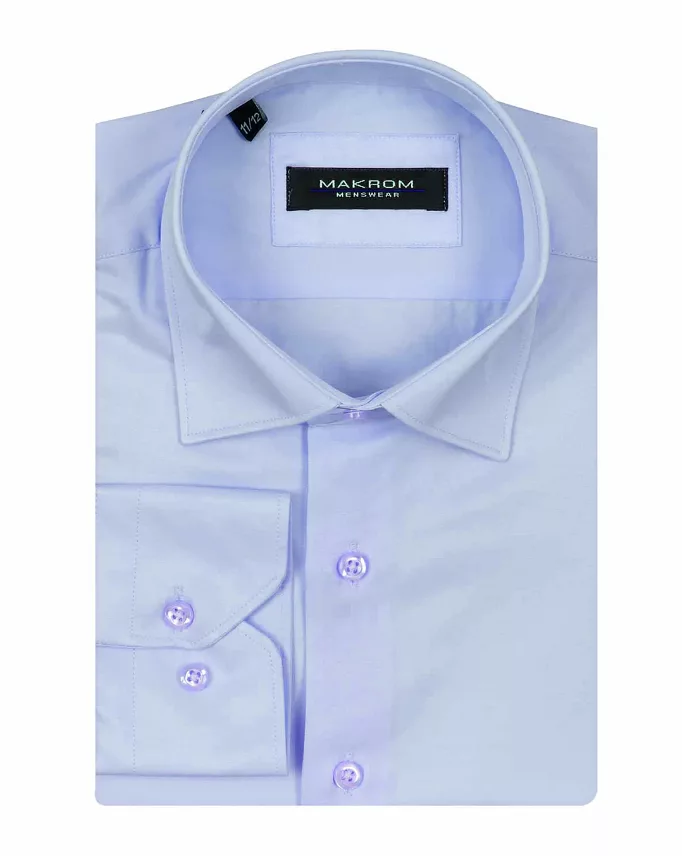When it comes to dressing boys, shirts play a significant role in both style and practicality. Whether for school, a casual outing, or a formal occasion, a well-chosen boys’ shirt can make a substantial difference. This guide will explore various aspects of boys shirt, including style, fit, and function, to help you make informed choices.
Types of Boys’ Shirts
Boys’ shirts come in several styles, each suited to different occasions and personal preferences:
Casual Shirts: These include T-shirts and polo shirts. T-shirts are a staple in any boy’s wardrobe, providing comfort and versatility. They are available in a range of colors and designs, making them ideal for everyday wear. Polo shirts, with their collar and button placket, offer a more polished look while maintaining casual comfort.
Dress Shirts: For formal occasions, dress shirts are the go-to choice. They typically feature a collar, buttons, and long sleeves. Dress shirts can be paired with trousers or suits for events such as weddings, school functions, or family gatherings. Fabrics like cotton or a cotton-blend are commonly used for their breathability and ease of maintenance.
Button-Down Shirts: These shirts are a versatile option suitable for both casual and semi-formal settings. They come in various patterns, such as checks or stripes, and can be layered with sweaters or jackets for added style. Button-down shirts offer a neat appearance while being comfortable for active boys.
Choosing the Right Fit
The fit of a boys’ shirt is crucial for both comfort and style. Here are some tips to ensure a proper fit:
Size: Boys’ shirts typically come in standard sizes ranging from small to extra-large. To find the right size, measure your child’s chest and compare it with the size chart provided by the manufacturer. Remember that sizes may vary between brands, so always refer to the specific sizing guide.
Fit Types: Shirts are available in various fits, including slim, regular, and relaxed. Slim fit shirts offer a tailored look, ideal for formal occasions or if your child prefers a more modern style. Regular fit shirts provide a comfortable and classic look, while relaxed fit shirts offer extra room for active play.
Sleeve Length: Ensure that the sleeve length is appropriate. Sleeves should end at the wrist bone without being too tight or too loose. Adjustable cuffs on dress shirts can help achieve a better fit.
Fabric Considerations
The fabric of a boys’ shirt affects its durability, comfort, and ease of care. Here are some common fabric choices:
Cotton: Cotton is a popular choice for boys’ shirts due to its softness, breathability, and absorbency. It’s ideal for both casual and formal shirts, offering comfort throughout the day.
Polyester: Polyester or polyester blends are often used in shirts for their wrinkle-resistant properties and durability. They are easy to care for and maintain their shape, making them suitable for everyday wear.
Flannel: Flannel shirts, made from brushed cotton or a cotton blend, are perfect for cooler weather. They provide warmth and comfort while adding a touch of casual style.
Style and Design
Boys’ shirts come in various designs, allowing for personal expression and style. Consider the following elements when choosing a shirt:
Patterns: Patterns such as stripes, checks, and plaids add visual interest to shirts. For a more classic look, opt for solid colors or subtle patterns.
Colors: Bright colors and bold prints can make a shirt stand out, while neutral tones offer versatility and ease of coordination with other clothing items.
Details: Details such as pockets, embroidery, or contrasting collars can enhance the shirt’s style. Choose details that align with the occasion and your child’s preferences.
Care and Maintenance
Proper care ensures that boys’ shirts remain in good condition and last longer. Follow these tips:
Washing: Follow the care label instructions for washing. Generally, machine wash shirts in cold water to prevent shrinking and fading. Use a mild detergent to preserve the fabric’s quality.
Drying: Air drying is preferable for most shirts to prevent shrinkage. If using a dryer, select a low heat setting.
Ironing: Iron shirts as needed to remove wrinkles and maintain a crisp appearance. Pay attention to the fabric type and follow the manufacturer’s instructions for the appropriate heat setting.
In summary, choosing the right boys shirt involves considering the type, fit, fabric, style, and care requirements. By paying attention to these factors, you can ensure that your child looks stylish and feels comfortable in their shirts. Whether it’s for a casual day at school or a special event, a well-chosen boys’ shirt can make a significant difference.
